Frank Gehry’s Controversial Architecture, Good or Not Good?
Almost if not all people in the architecture industry know Frank Gehry. Dozens of his works stand firm in several countries with a worldwide reputation.
 Frank Gehry (cr: Guggenheim Bilbao)
Frank Gehry (cr: Guggenheim Bilbao)
Born and raised in Canada, the young Gehry decided to move to California and study at the University of Southern California School of Architecture. After graduating, he worked at several architectural studios before opening his own in Santa Monica.
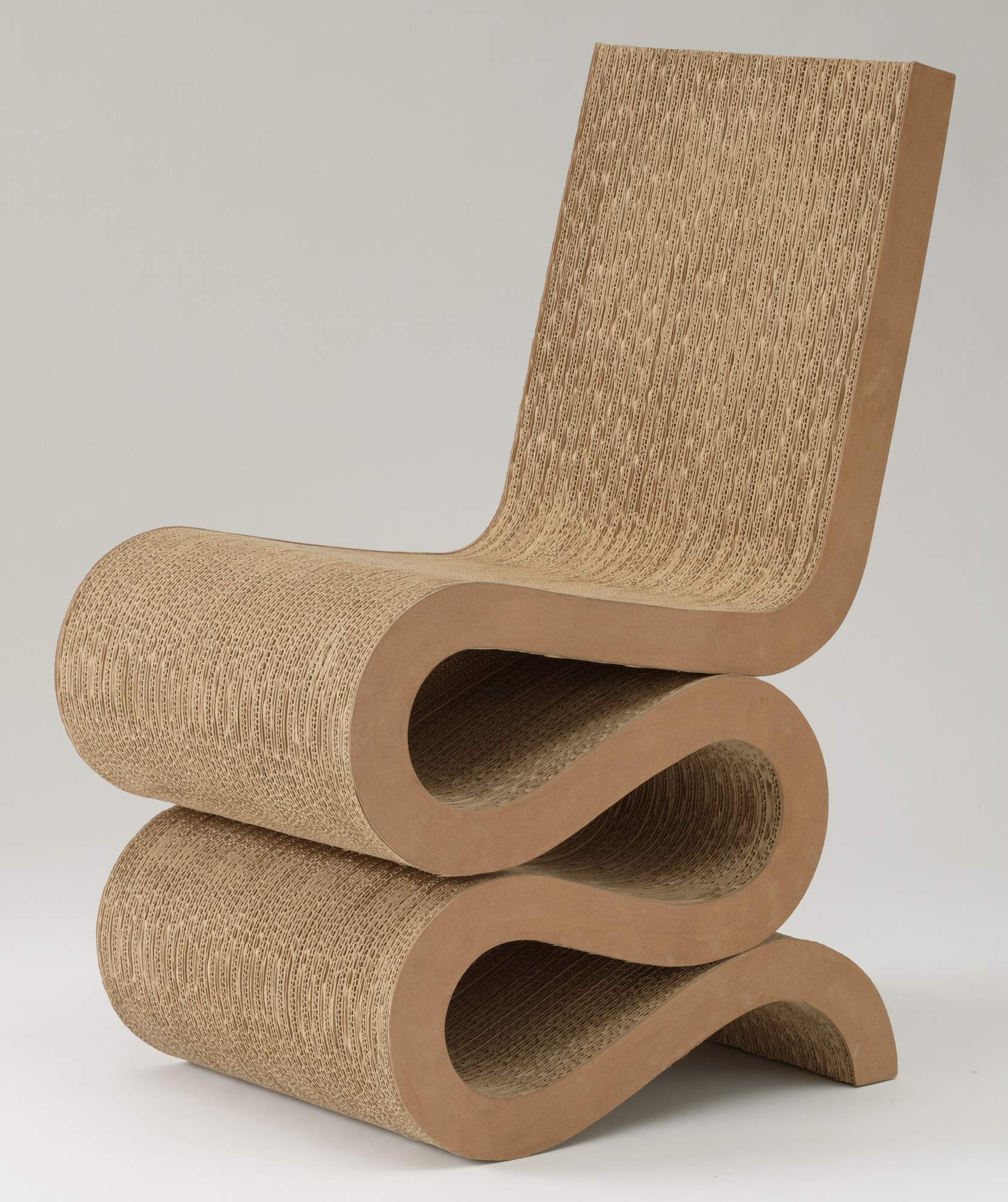 Easy Edges Side Chair (cr: MoMA)
Easy Edges Side Chair (cr: MoMA)
Gehry began to attract national attention with his Easy Edges furniture made from corrugated cardboard and fiberboard. His name became more widely recognized after the rebuilding of his own home in Santa Monica in the 1970s. The holes, the stripped walls, and the exposed interior revealing the joists and wood studs were controversial at the time. Some classify Gehry's earlier work under deconstructivism.
 Gehry’s house (cr: Liao Yusheng)
Gehry’s house (cr: Liao Yusheng)
He received the Pritzker Architecture Prize in 1989, at the same time as he completed the Vitra Design Museum in Germany and the design of the Walt Disney Concert Hall in Los Angeles. Through these bold works, Gehry explores the sculptural architecture that became his formal language in the 1990s.
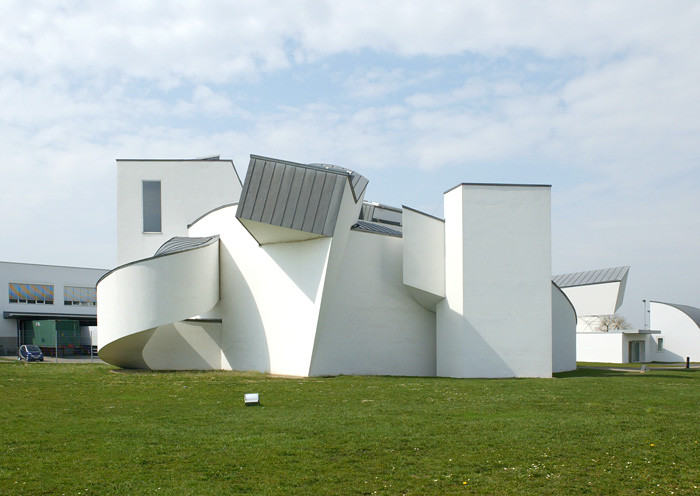 Vitra Design Museum (cr: Liao Yusheng)
Vitra Design Museum (cr: Liao Yusheng)
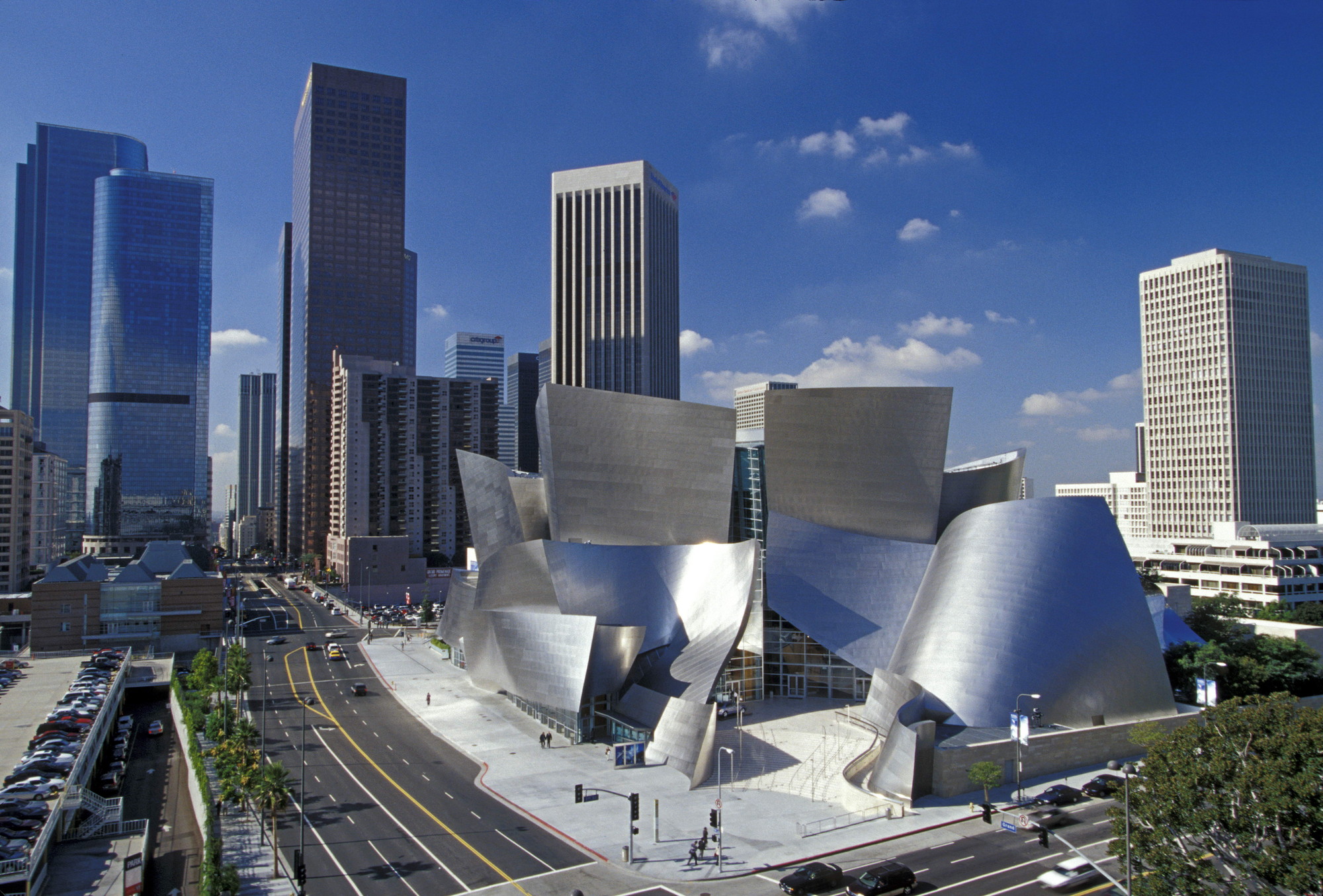 Walt Disney Concert Hall (cr: Gehry Partners, LLP)
Walt Disney Concert Hall (cr: Gehry Partners, LLP)
One of his biggest, most-talked works, the Guggenheim Museum Bilbao received a lot of criticism with its complex curved shapes. Initially he thought that ‘time’ was full of movement and change. To that end, he took fish to symbolize both—movement and change in life—which then captured through his organic and scaly architecture. According to him, the idea just came up out of nowhere and without plan; and it became one of the reasons for the criticism. Many said that the strange shape makes the interior layout confusing, non-hierarchical and ineffective. Some even say that he is all about form, and not function. Moreover, in terms of costs, such a building requires a great amount of money.
 Guggenheim Museum Bilbao (cr: Guggenheim Bilbao)
Guggenheim Museum Bilbao (cr: Guggenheim Bilbao)
Even so, criticism is also accompanied by appreciation. In the context of the Guggenheim Museum Bilbao, Gehry was praised for his success in restoring the city's economy by attracting many tourists. It even became a global trend to build monumental museum landmarks to attract visitors to help the city's economy. Not all of these "duplications" were successful because in fact Gehry did not just design the museum to be iconic, but more: contextual. The museum was constructed in a place where refining steel—the main material of the facade—was indeed a major industry. In addition, the local people of Bilbao also had a long history of building ships so they had the skills needed to make complex steel shapes. All the technology and capacity to build were there.
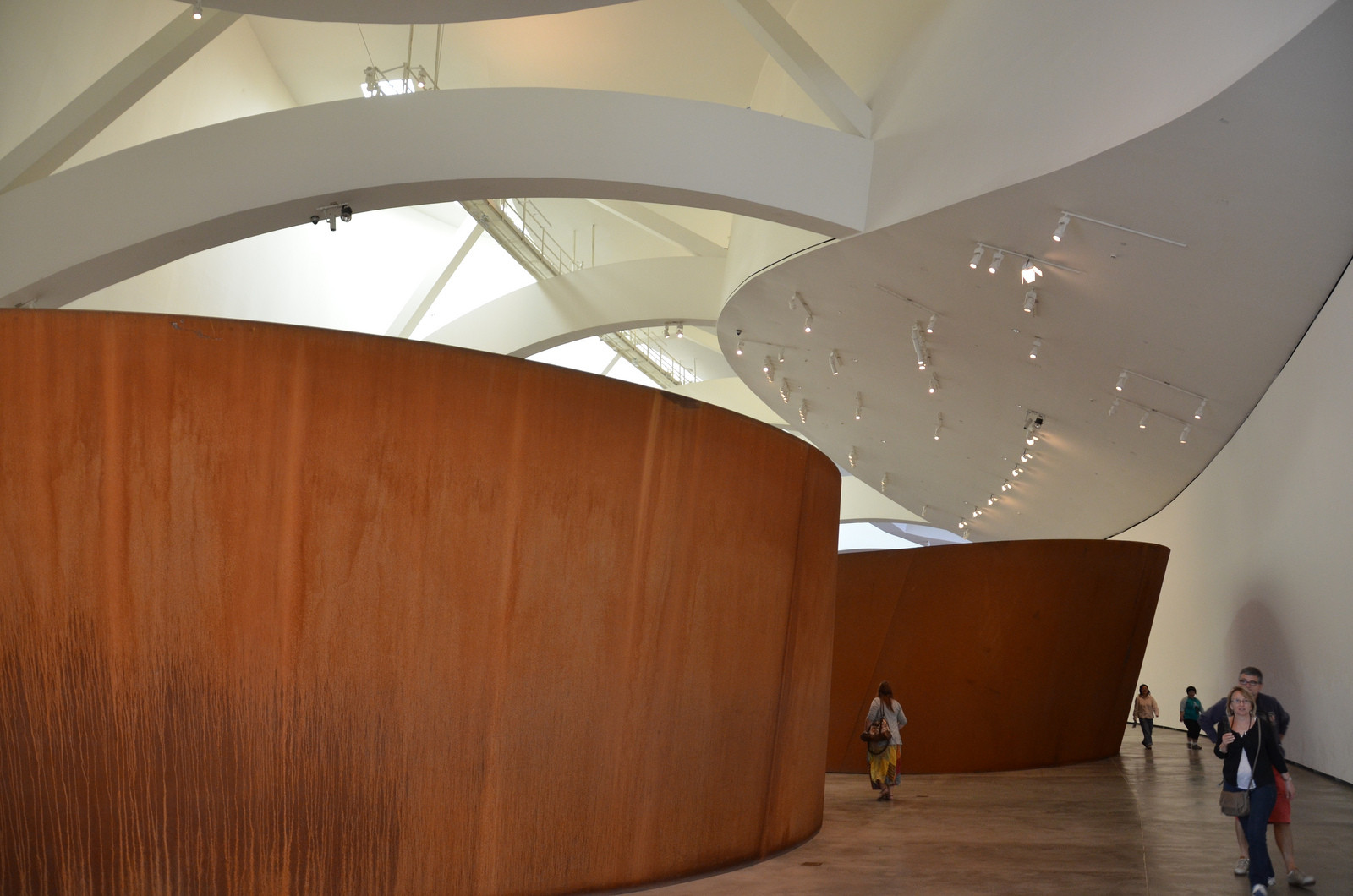 Museum interior (cr: Michael Jones 51)
Museum interior (cr: Michael Jones 51)
Furthermore, in defining and realizing Gehry's rough sketches, his team also experimented with computer programs commonly used to make airplanes. An architecture that in the 1990s seemed almost impossible, was realized by working parametrically. With this, he became a pioneer who encouraged the digitalization of design and construction, thereby greatly pushing the architectural industry technically.
 Structural frame (cr: Guggenheim Bilbao)
Structural frame (cr: Guggenheim Bilbao)
Despite his design controversies, it cannot be denied that Frank Owen Gehry was one of the most influential architects of the late 20th century.


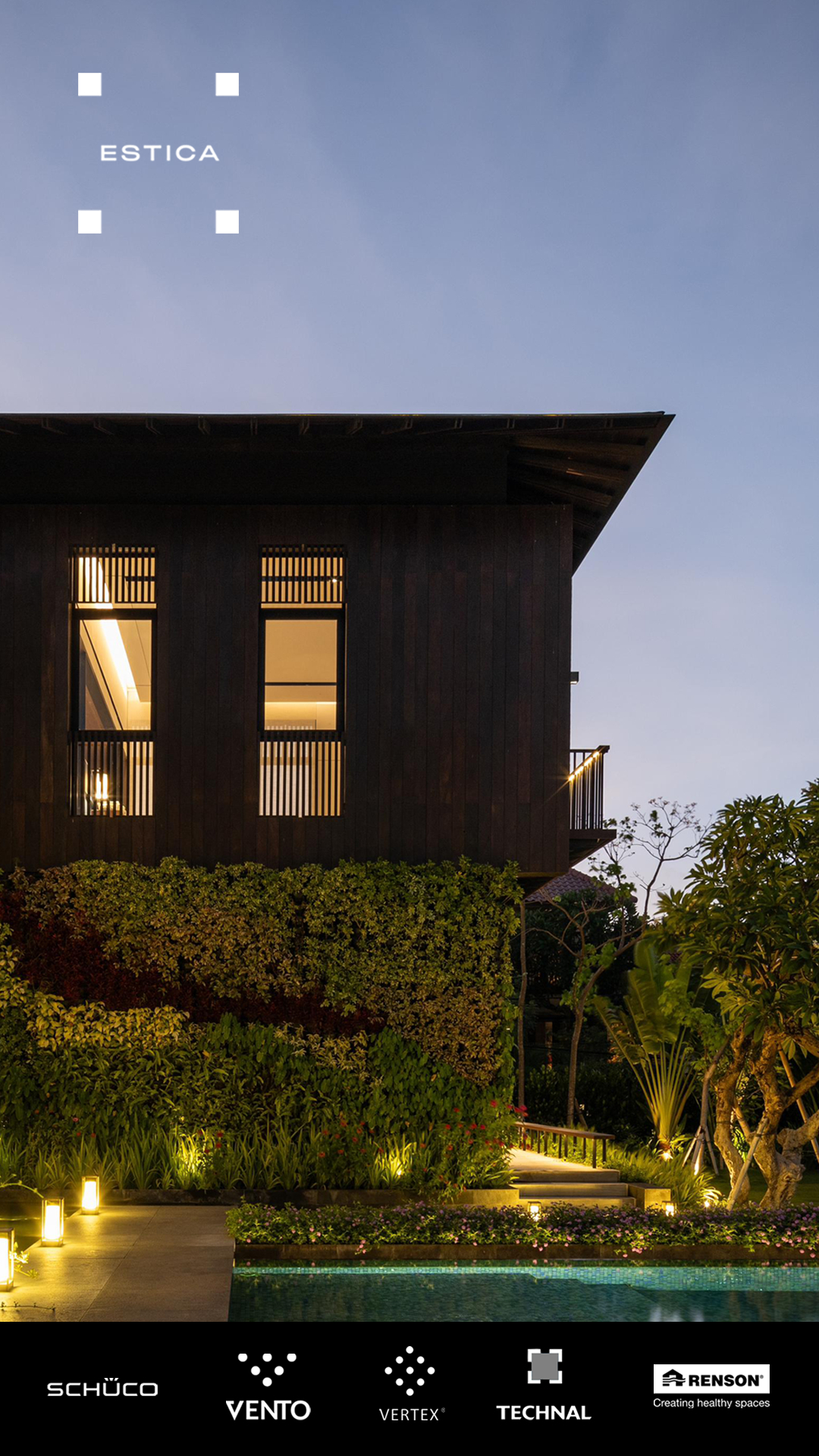




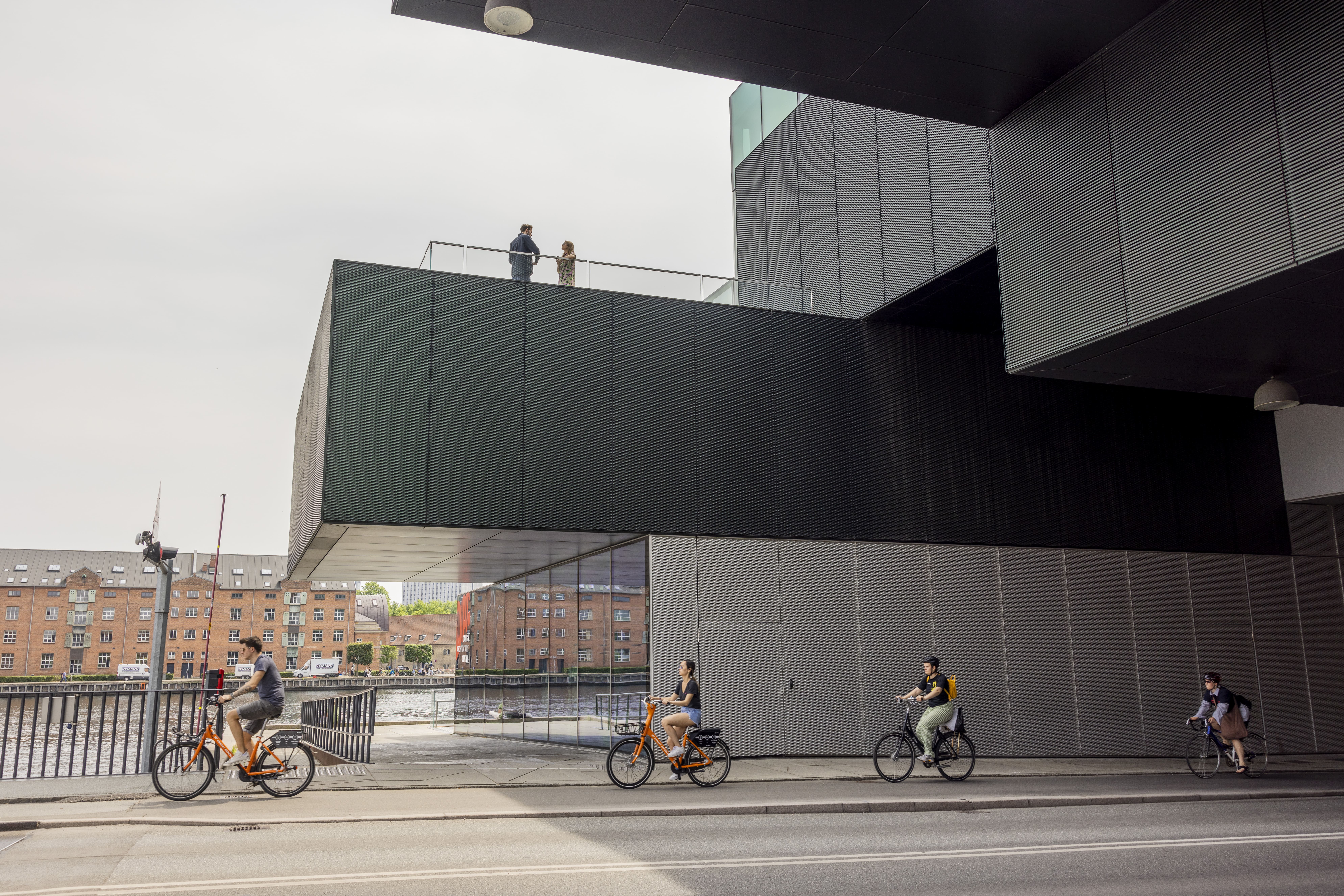
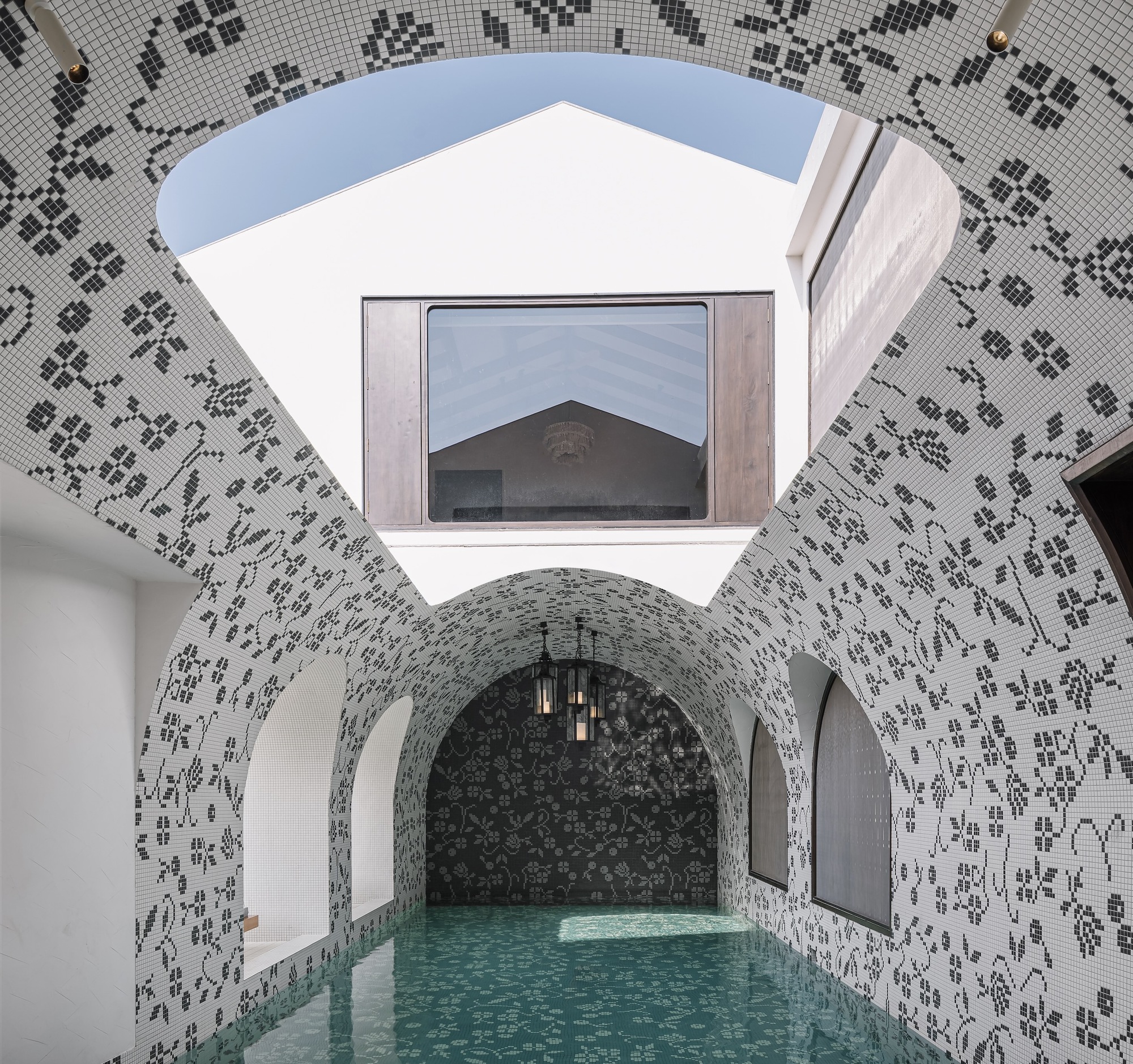
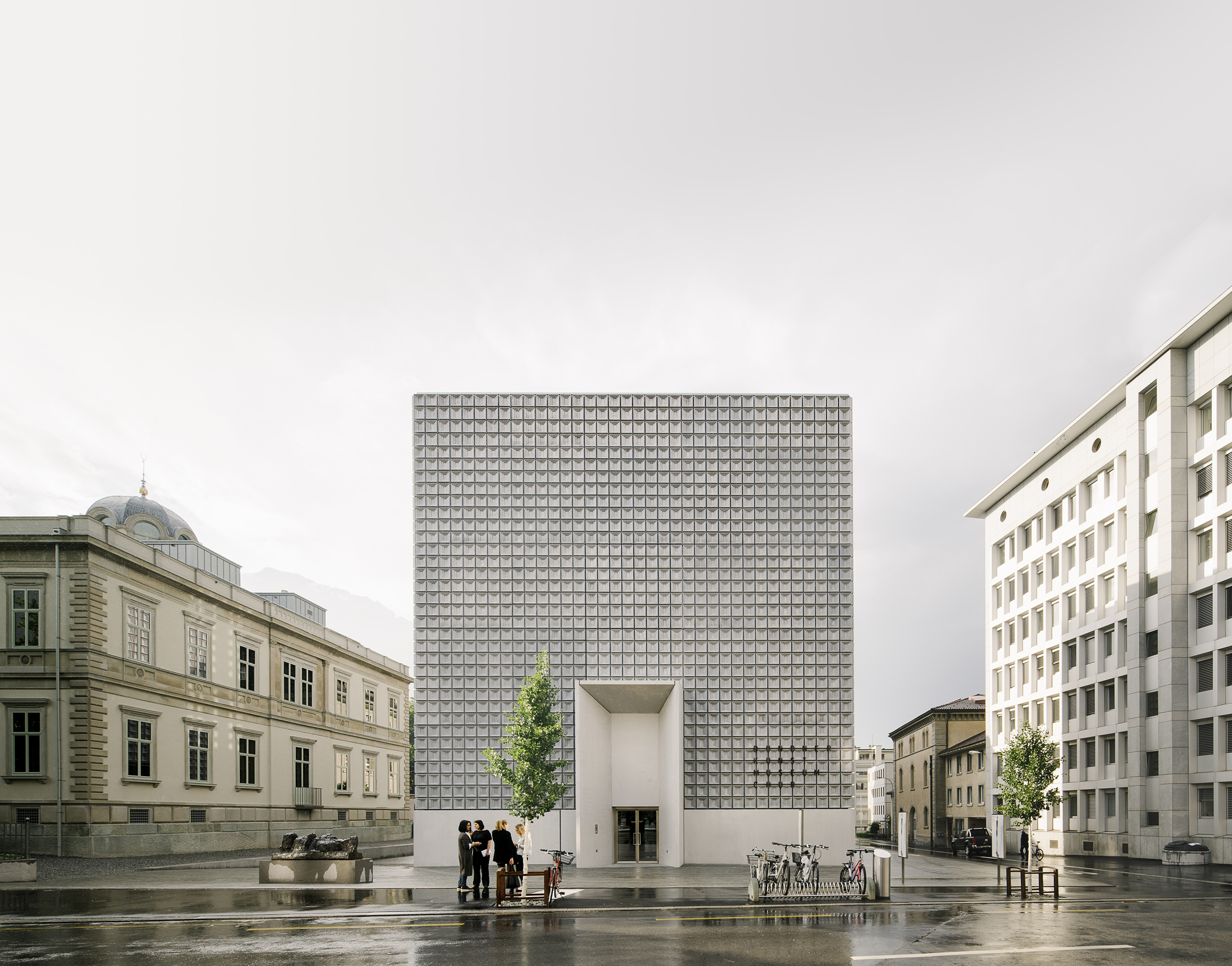

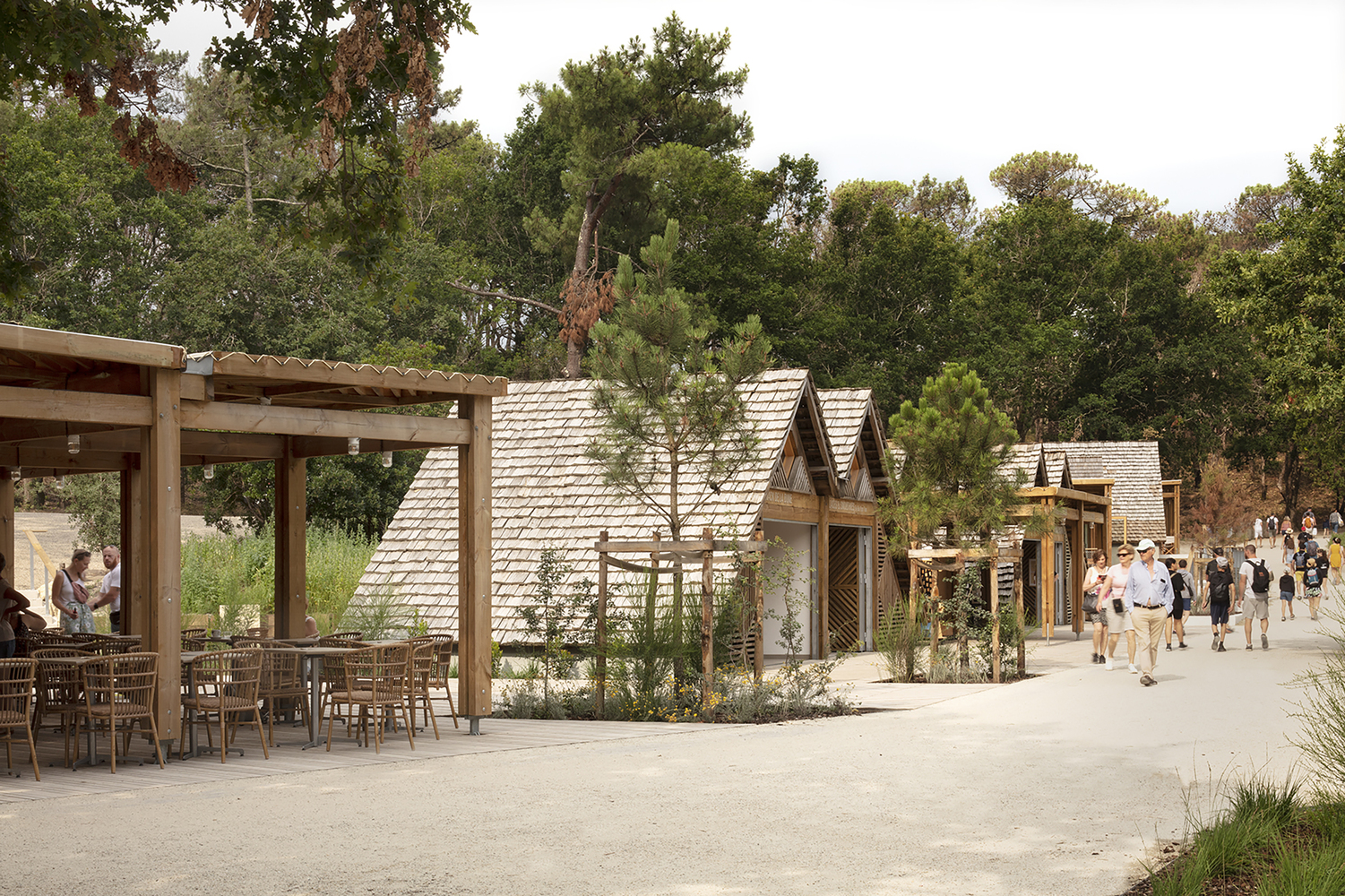
Authentication required
You must log in to post a comment.
Log in